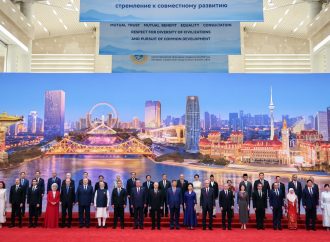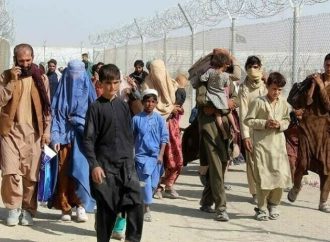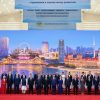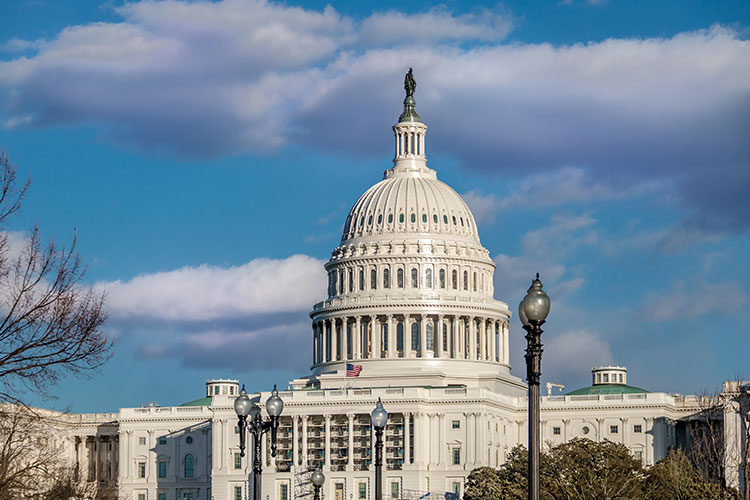Author Recent Posts Rabia Anwaar Latest posts by Rabia Anwaar (see all) Geopolitics and the Future of Gaza: Who Are the Real Stakeholders? – October 15, 2025 Iran’s Nuclear Ambitions and Israel’s Aggressive Dominance in the Region – July 15, 2025 Terrorism and Blame Games: A Barrier to India-Pakistan Normalization – July 15, 2025
The unequal land distribution is a hidden driver of food insecurity in Pakistan. In the heart of Pakistan’s persistent food insecurity lies an issue, often overlooked in policy discussions: the unequal distribution of agricultural land. The majority of Pakistan’s population relies on agriculture for survival; although, it has a significant share in GDP as an agrarian economy yet, land ownership belongs to a small elite group. The unbalanced distribution of land ownership in Pakistan creates both rural poverty and impedes the nation’s ability to establish sustainable food security. This unaddressed structural inequality will keep diminishing both the agricultural productivity of the nation and well-being of its citizens.
One of the most glaring aspects of land inequality in Pakistan is the concentration of ownership in the hands of few elites. According to statistical records, 2% of landowners hold ownership over 45% of the country’s arable land territory whereas rural households amounting to 50% have no land ownership and survive through employment as daily laborers or tenant agreements. The high level of land ownership concentration cuts off millions of people from accessing land which leads them to become both economically and politically powerless. The absence of land ownership has turned into both a sign and fundamental reason behind persistent food scarcity
Equally problematic is the condition of smallholders and tenant farmers, who constitute the majority of Pakistan’s agricultural workforce. These farmers cultivate less than two hectares of land while facing insecure land ownership and minimal rights. The rural economies of Sindh and Punjab provinces are controlled by feudal lords who maintain exploitative sharecropping agreements with their farmers. These land-sharing agreements prevent farmers from making long-term investments in their land and lead to soil degradation and limit access to markets, however; use of modern farming technology is a distant dream for them owing to the very reason of poor literacy rate and lack of knowledge of technology. The provision of secure land rights to farmers with both motivation and essential resources to enhance agricultural productivity but farmers without these rights face limited food production and restricted market access.
The elites of agroeconomic sector dominate the access to agricultural resources including credit along with irrigation systems, seeds and technological equipment. The government’s subsidy programs together with bank loan support and support initiatives fail to reach small-scale and tenant farmers because they lack either financial guarantee or political influence. Agriculture in Pakistan operates as two separate systems because elite farmers obtain benefits from large-scale production alongside state backing while most farmers maintain inadequate farming resources. The current system manages to produce only a limited amount of Pakistan’s possible agricultural yield leading to increased food shortages despite having available land.
Inefficient land use under large landholders further undermines Pakistan’s food security. Many influential landowners choose to grow cash crops like sugarcane and cotton, which are water-intensive and often export-oriented, rather than staple food crops that could address local food needs. Moreover, the misallocation of land and water resources results in low productivity and overdependence on food imports, making Pakistan vulnerable to global price shocks and trade disruptions. A more equitable distribution of land could encourage diversified, sustainable farming practices that better serve the country’s nutritional needs.
The political implications of land inequality also warrant attention. Concentrated land ownership translates into disproportionate influence over local governance, law enforcement, and even parliamentary representation. This power imbalance undermines land reform efforts and allows the status quo to persist. In some cases, landlords have resisted reforms by coercing tenant farmers or manipulating legal systems to maintain control. The absence of meaningful land reform initiatives in the past few decades is not a failure of policy design alone but it is a reflection of entrenched interests that benefit from inequality at the expense of national well-being.
Importantly, women are disproportionately affected by land inequality. Despite forming a significant part of the agricultural workforce, women rarely own land or have secure tenure. Patriarchal norms and legal barriers limit their rights to inherit or purchase land, reinforcing their dependency and vulnerability. This exclusion has far-reaching implications for food security, as numerous studies show that empowering women in agriculture leads to better household nutrition and food outcomes. Therefore, ensuring women’s land rights is not only a matter of justice, it is a critical part of welfare of the state of Pakistan.
Climate change further complicates the equation. Pakistan is highly vulnerable to floods, droughts and shifting weather patterns, which disproportionately impact small and marginal farmers. Without access to land and resources, these farmers cannot adopt climate-resilient practices or recover from environmental shocks. The unequal land distribution thus limits the country’s ability to adapt to the changing climate, putting both livelihoods and food supply at greater risk. It is imperative to address this imbalance to building climate resilience and ensuring food security in the long term.
Food insecurity in Pakistan is not solely a matter of agricultural output or population growth but it is deeply rooted in structural land inequalities that undermine productivity, equity, and resilience. Concentrated land ownership restricts access to farming resources, fuels rural poverty and distorts crop priorities. To achieve genuine food security, Pakistan must confront these imbalances through meaningful land reform, support for smallholder and tenant farmers, gender equity in land rights, and targeted agricultural investments. By redistributing not just land, but granting equal opportunities, the country can ensure that every citizen has the means to grow, access and afford the food they need.
- Geopolitics and the Future of Gaza: Who Are the Real Stakeholders? - October 15, 2025
- Iran’s Nuclear Ambitions and Israel’s Aggressive Dominance in the Region - July 15, 2025
- Terrorism and Blame Games: A Barrier to India-Pakistan Normalization - July 15, 2025






















Leave a Comment
Your email address will not be published. Required fields are marked with *